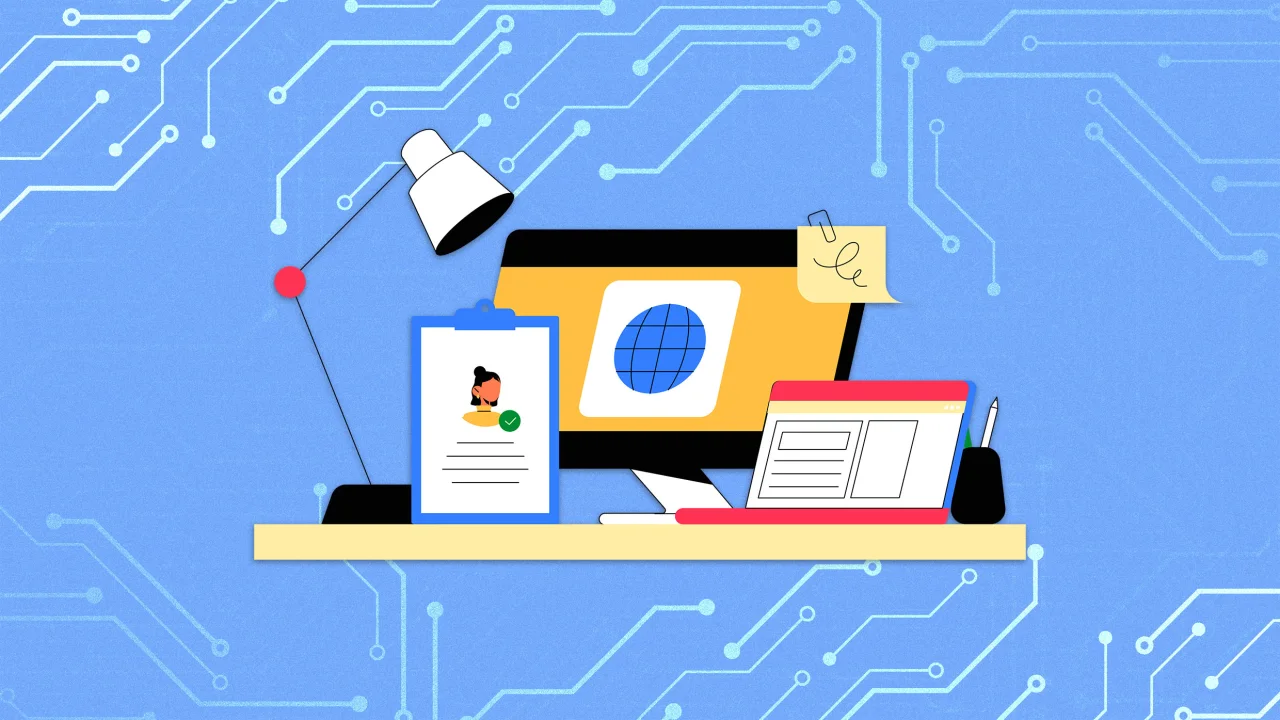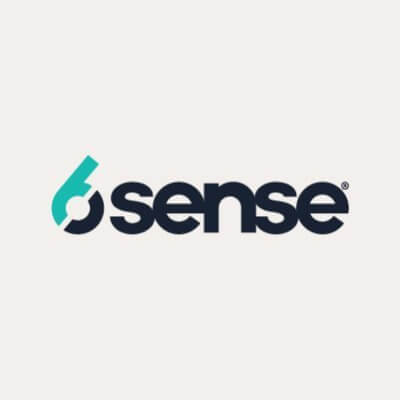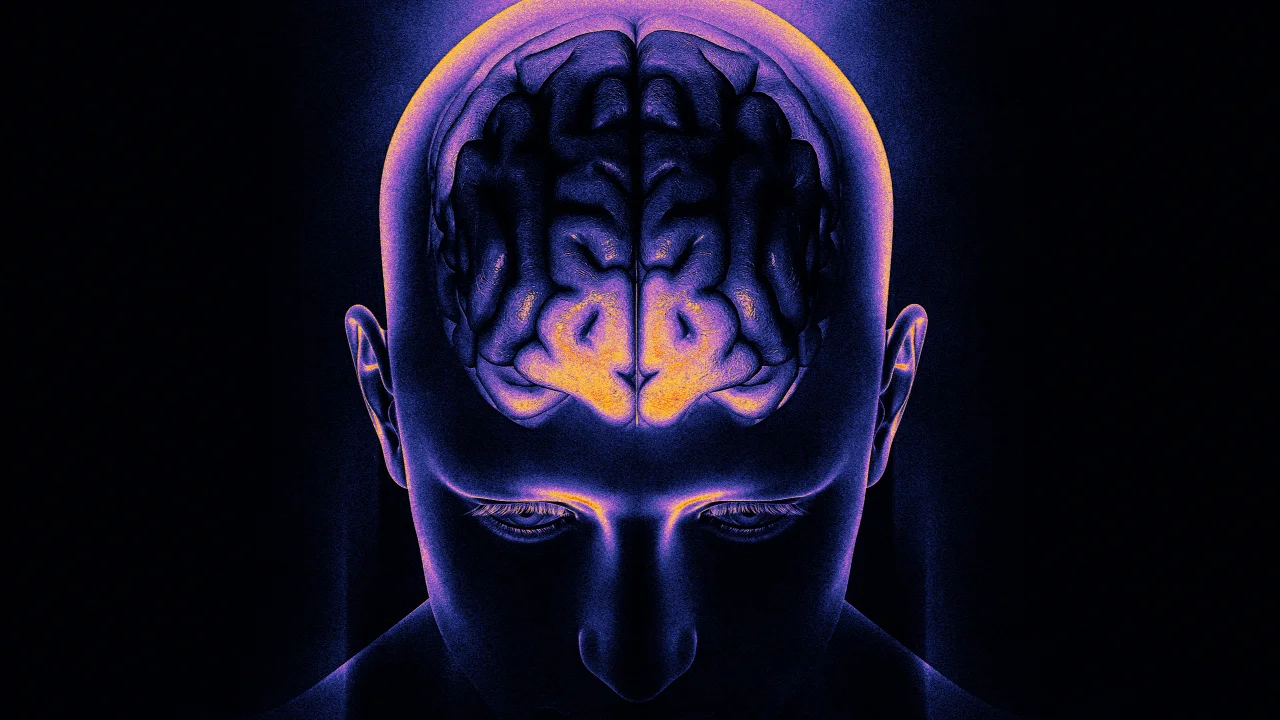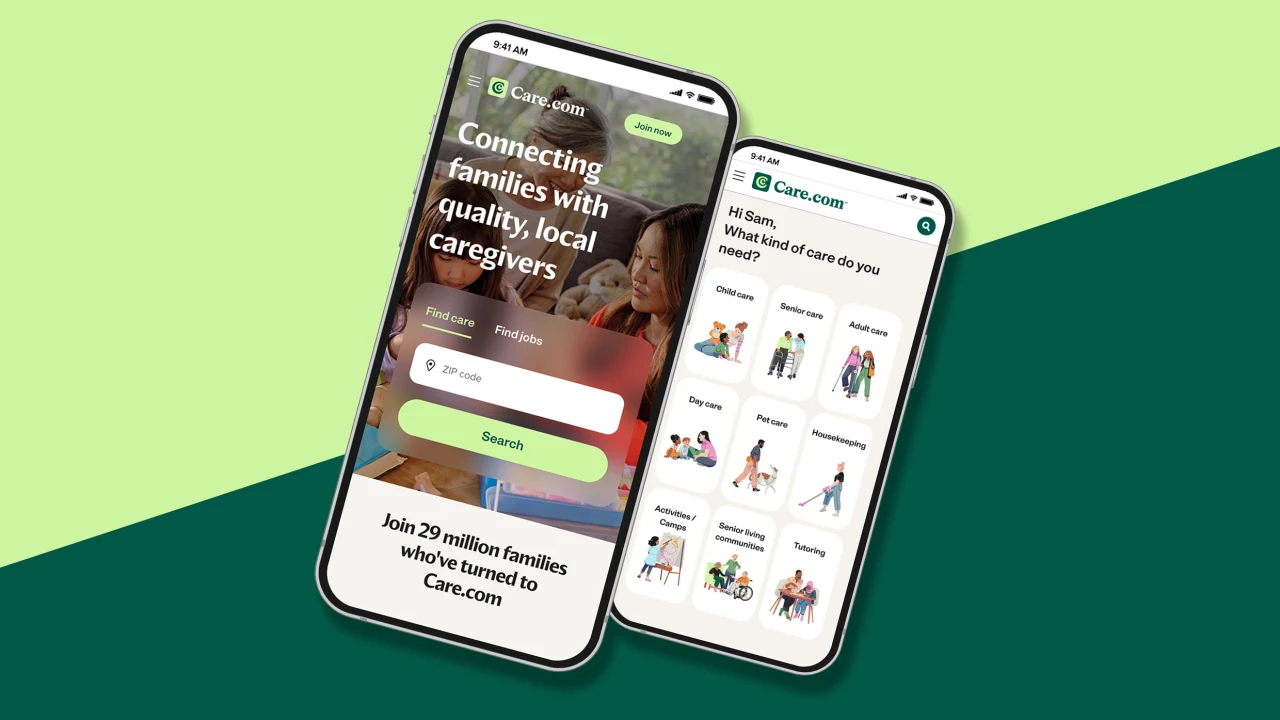What job seekers hate (and love!) about your AI hiring process
As the labor market tightens and job seekers leverage AI to apply for jobs en masse, recruiters are receiving hundreds or thousands of applicants for a single position. To deal with the deluge, many employers are adopting new tools, often powered by AI, to make recruiting more efficient, and, in some cases, replace human contact. A Resume Builder survey from last year suggested that nearly 70% of companies would use AI in their hiring process by the end of 2025. Talent acquisition leaders tout the effectiveness of new recruiting tech: virtual assessments, asynchronous and AI-powered interviewing, chatbots, and the like. But what do job seekers think? According to applicants, what new recruiting tech has going for it is speed. What it lacks, often, is clarity. ‘IT WAS SHORTER AND MORE SUCCINCT’ One of the most common additions is the asynchronous video interview, in which applicants record answers that a recruiter reviews later. It often replaces screening calls, and sometimes, later-stage interviews. While recruiters don’t have time to schedule and conduct calls with a hundred applicants, they can review prerecorded answers from as many. More than half a dozen job seekers told Fast Company they spend anywhere from 30 minutes to two hours getting their two- to five-minute videos just right, worrying over lighting and sound and their own appearance, tweaking their answers, and recording multiple takes. Yet overall, the reviews are positive. Many say it’s still more convenient than a screening call with a recruiter. Sarah, who’s spent 20 years in HR, doesn’t want her employer to know she’s job shopping, so she asked that we withhold her last name. Following a recent asynchronous interview, she was notified that a recruiter had looked at her answers. Even though she didn’t advance, “the rejection was more palatable as I knew they had at least reviewed my information,” Sarah says. Most of the time, she’s been left to wonder whether anyone even bothered to set eyes on her résumé. Some employers ask applicants to participate in video interviews with AI-generated bots that look and sound human. Nola Johnson, who works in customer success, met a series of three AI interviewers for an early-stage screening. She feels positively about the experience, even if the AI interviewer was glitchy and unable to end the conversation when time expired. “It was shorter and more succinct than talking to a real recruiter,” she says. If some employers are betting that an AI-generated contact is better than no contact at all, they may be right. According to a recent survey of 1,000 U.S. adults, conducted by recruiting software firm iCIMS, 40% of workers say that never hearing from an organization after applying is their number-one frustration. Indeed, what video modules lack in humanity they make up for in speed. Nola, after comparing notes with other job seekers, learned she heard back from the AI interviewer faster than her friends heard back from human interviewers. But many of these tools are new, and stories of glitchy AI abound. Among the worst culprits are chatbots that employers embed in their career pages. Ostensibly, the purpose is to answer basic questions that would otherwise consume valuable recruiter time. Jessica is a legal analyst who works at a law firm in Louisiana. (She also doesn’t want us to use her last name since she doesn’t want her employer to know she’s looking around.) Jessica uses chatbots regularly and likes that she gets immediate answers, but says they don’t always work as advertised. Some are so tightly scripted that they’re unable to handle basic questions about the job description or the benefits the company offers. APPLICANTS ACCEPT THE TECH, BUT STILL QUESTION ITS INTENT While some HR tech improves efficiency, others confound. Among the most confusing elements of job seeking in the age of HR tech: personality assessments. Personality assessments in the workplace aren’t new, but they are becoming more common thanks to how easy it is to insert them into a digital hiring process. It’s another screening tool hiring teams are using to vet applicants. Yet job seekers don’t know why they’re being made to take them. Jessica was asked to take an assessment similar to the Myers-Briggs test. But she didn’t understand what they were evaluating her for, or how it related to the job. She didn’t even get to see the results. Sarah was also asked to take a personality test while interviewing, a request she’s okay with as long as it’s relevant to the job, but Sarah worries that companies are relying on tired stereotypes to eliminate or advance applicants—that only extroverts succeed in certain roles, for example. Lack of clarity can bruise the employer-applicant relationship. According to the same iCIMS report, the most frustrating parts of job searching are the ones that leave applicants wondering, why? Lack of transparency and relevant information leave 77% of job s

As the labor market tightens and job seekers leverage AI to apply for jobs en masse, recruiters are receiving hundreds or thousands of applicants for a single position. To deal with the deluge, many employers are adopting new tools, often powered by AI, to make recruiting more efficient, and, in some cases, replace human contact. A Resume Builder survey from last year suggested that nearly 70% of companies would use AI in their hiring process by the end of 2025.
Talent acquisition leaders tout the effectiveness of new recruiting tech: virtual assessments, asynchronous and AI-powered interviewing, chatbots, and the like. But what do job seekers think?
According to applicants, what new recruiting tech has going for it is speed. What it lacks, often, is clarity.
‘IT WAS SHORTER AND MORE SUCCINCT’
One of the most common additions is the asynchronous video interview, in which applicants record answers that a recruiter reviews later. It often replaces screening calls, and sometimes, later-stage interviews. While recruiters don’t have time to schedule and conduct calls with a hundred applicants, they can review prerecorded answers from as many.
More than half a dozen job seekers told Fast Company they spend anywhere from 30 minutes to two hours getting their two- to five-minute videos just right, worrying over lighting and sound and their own appearance, tweaking their answers, and recording multiple takes. Yet overall, the reviews are positive. Many say it’s still more convenient than a screening call with a recruiter.
Sarah, who’s spent 20 years in HR, doesn’t want her employer to know she’s job shopping, so she asked that we withhold her last name. Following a recent asynchronous interview, she was notified that a recruiter had looked at her answers. Even though she didn’t advance, “the rejection was more palatable as I knew they had at least reviewed my information,” Sarah says. Most of the time, she’s been left to wonder whether anyone even bothered to set eyes on her résumé.
Some employers ask applicants to participate in video interviews with AI-generated bots that look and sound human. Nola Johnson, who works in customer success, met a series of three AI interviewers for an early-stage screening. She feels positively about the experience, even if the AI interviewer was glitchy and unable to end the conversation when time expired. “It was shorter and more succinct than talking to a real recruiter,” she says.
If some employers are betting that an AI-generated contact is better than no contact at all, they may be right. According to a recent survey of 1,000 U.S. adults, conducted by recruiting software firm iCIMS, 40% of workers say that never hearing from an organization after applying is their number-one frustration.
Indeed, what video modules lack in humanity they make up for in speed. Nola, after comparing notes with other job seekers, learned she heard back from the AI interviewer faster than her friends heard back from human interviewers.
But many of these tools are new, and stories of glitchy AI abound. Among the worst culprits are chatbots that employers embed in their career pages. Ostensibly, the purpose is to answer basic questions that would otherwise consume valuable recruiter time.
Jessica is a legal analyst who works at a law firm in Louisiana. (She also doesn’t want us to use her last name since she doesn’t want her employer to know she’s looking around.) Jessica uses chatbots regularly and likes that she gets immediate answers, but says they don’t always work as advertised. Some are so tightly scripted that they’re unable to handle basic questions about the job description or the benefits the company offers.
APPLICANTS ACCEPT THE TECH, BUT STILL QUESTION ITS INTENT
While some HR tech improves efficiency, others confound. Among the most confusing elements of job seeking in the age of HR tech: personality assessments.
Personality assessments in the workplace aren’t new, but they are becoming more common thanks to how easy it is to insert them into a digital hiring process. It’s another screening tool hiring teams are using to vet applicants. Yet job seekers don’t know why they’re being made to take them. Jessica was asked to take an assessment similar to the Myers-Briggs test. But she didn’t understand what they were evaluating her for, or how it related to the job. She didn’t even get to see the results.
Sarah was also asked to take a personality test while interviewing, a request she’s okay with as long as it’s relevant to the job, but Sarah worries that companies are relying on tired stereotypes to eliminate or advance applicants—that only extroverts succeed in certain roles, for example.
Lack of clarity can bruise the employer-applicant relationship. According to the same iCIMS report, the most frustrating parts of job searching are the ones that leave applicants wondering, why? Lack of transparency and relevant information leave 77% of job seekers frustrated. When applicants interact with interfaces more than humans, there’s little room to ask why something—like a personality test, for example—is being used.
Nola has applied to jobs where she was given the option to opt out of having her résumé reviewed by an AI tool. Yet, she says, “what I would be curious about is not when or if, it’s how. Is it ranking me? Do I get a flag? If I remove myself from it being reviewed by AI, will I automatically move to the bottom of the list?” It’s never been clear.
What bothers her most is that she doesn’t know how all of these new tools and evaluations are being used, tools that introduce a certain level of tedium to the process. And in some cases, her patience is exhausted. Now, if Nola is asked to submit an asynchronous video interview, she just moves on—she doesn’t think it’s worth her time.

















































































































































